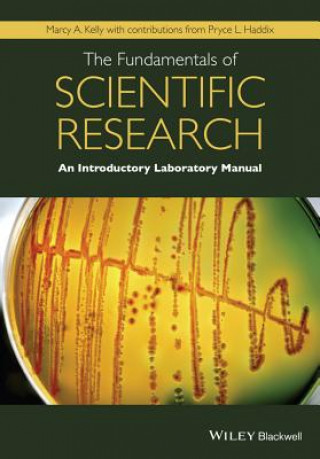
Kód: 03025747
Fundamentals of Scientific Research - An Introductory Laboratory Manual
Autor Marcy A. Kelly
This laboratory manual is for first semester, undergraduate, science majors enrolled in a General Biology course focusing on cell biology. The laboratory curriculum centers on studying a single organism throughout the entire semes ... celý popis
- Jazyk:
 Angličtina
Angličtina - Vazba: Brožovaná
- Počet stran: 208
Nakladatelství: John Wiley & Sons Inc, 2015
- Více informací o knize

Mohlo by se vám také líbit
-

Brilliant Pitch
463 Kč -
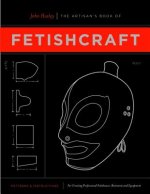
Artisan's Book Of Fetishcraft
589 Kč -

Introduction to Applied Linguistics
1664 Kč -
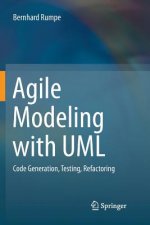
Agile Modeling with UML
2720 Kč -
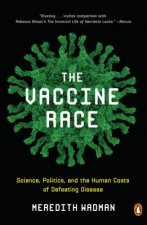
Vaccine Race
348 Kč
Darujte tuto knihu ještě dnes
- Objednejte knihu a zvolte Zaslat jako dárek.
- Obratem obdržíte darovací poukaz na knihu, který můžete ihned předat obdarovanému.
- Knihu zašleme na adresu obdarovaného, o nic se nestaráte.
Více informací o knize Fundamentals of Scientific Research - An Introductory Laboratory Manual
Nákupem získáte 157 bodů
 Anotace knihy
Anotace knihy
This laboratory manual is for first semester, undergraduate, science majors enrolled in a General Biology course focusing on cell biology. The laboratory curriculum centers on studying a single organism throughout the entire semester - Serratia marcescens. S. marcescens is a Gram negative bacterium that is unique in that it produces a red pigment, prodigiosin, at high cell density. It has been demonstrated that prodigiosin has several interesting properties; it is anti-microbial, it has shown to induce apoptosis in cancer cells, and it has been demonstrated that it has potential to act as an immunosuppressant. There are currently many research laboratories that are attempting to enhance the production of prodigiosin because of these unique properties. The overarching goal of the laboratory course described in this manual is to have the students learn about the organism so that they can generate and initially characterize mutants of the organism that over-produce the pigment.§§Mechanistically, the laboratory manual breaks down the laboratory course into two separate modules. For the first module, the students familiarize themselves with the organism and the equipment in the laboratory by performing growth curves, Lowry protein assays, quantifying prodigiosin and ATP production, and by performing complementation studies to understand the biochemical pathway responsible for prodigiosin production. They learn how to employ Microsoft Excel to prepare and present their data in graphical format and how to use specific calculations to convert their data into meaningful numbers that can be compared across experiments. The second module requires that the students employ UV mutagenesis to generate hyper-pigmented mutants of S. marcescens for further characterization. They use experimental data and protocols they learned during the first module of the course to help them develop their own hypotheses, experimental protocols, and to help them analyze their data.§§For each laboratory session, students are required to answer pre-laboratory questions that are designed to probe their understanding of the required pre-laboratory reading materials (which includes the experimental background and protocol for that session and, in some cases, relevant primary scientific literature related to the experiments they will be performing in the laboratory). The questions also guide the students through the development of hypotheses and predictions. Following each laboratory, the students are required to answer a series of post-laboratory questions to guide them through the presentation of their data, analysis of their data, and placing their data into the context of the primary literature. They are also asked to review their initial hypotheses and predictions to determine if their conclusions support their initial ascertains. If their conclusions do not support their initial ascertains, the students are asked to provide possible explanations as to why they think their conclusions did not agree with their hypotheses. The pre-laboratory and post-laboratory questions were designed to assist the students with the preparation of the two formal laboratory reports required in the laboratory manual. One formal laboratory report must be completed after the first module and the other, after the second module of the laboratory. The format for the formal laboratory reports is similar to that of primary scientific literature.
 Parametry knihy
Parametry knihy
Zařazení knihy Knihy v angličtině Reference, information & interdisciplinary subjects Research & information: general Research methods: general
1568 Kč
- Plný název: Fundamentals of Scientific Research - An Introductory Laboratory Manual
- Autor: Marcy A. Kelly
- Jazyk:
 Angličtina
Angličtina - Vazba: Brožovaná
- Počet stran: 208
- EAN: 9781118867846
- ISBN: 9781118867846
- ID: 03025747
- Nakladatelství: John Wiley & Sons Inc
- Hmotnost: 436 g
- Rozměry: 245 × 278 × 16 mm
- Datum vydání: 04. September 2015
Oblíbené z jiného soudku
-

Discovering Statistics Using IBM SPSS Statistics
1348 Kč -
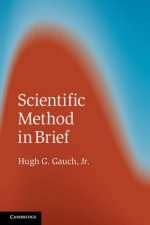
Scientific Method in Brief
1512 Kč -
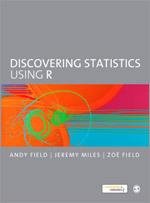
Discovering Statistics Using R
1838 Kč -
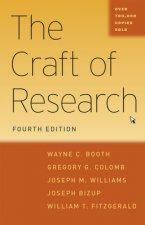
The Craft of Research
424 Kč -
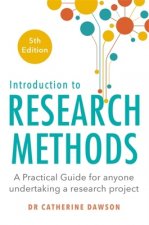
Introduction to Research Methods 5th Edition
383 Kč -

Participatory Research with Children and Young People
857 Kč -

Who's Bigger?
984 Kč -

Case Study Research and Applications
2483 Kč -

Research Methods in International Relations
900 Kč -
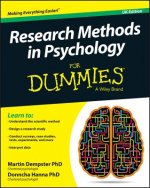
Research Methods in Psychology For Dummies
459 Kč -

Architectural Research Methods, Second Edition
1914 Kč -

Focus Groups
2150 Kč -

Doing a Systematic Review
1121 Kč -

Research Methods for Architecture
810 Kč -

Qualitative Content Analysis in Practice
1769 Kč -
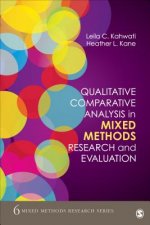
Qualitative Comparative Analysis in Mixed Methods Research and Evaluation
1507 Kč -

Research Methods in Linguistics
1069 Kč -

Research Methods in Human-Computer Interaction
2590 Kč -
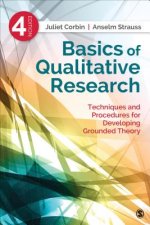
Basics of Qualitative Research
2574 Kč -

Statistics for Research in Psychology
3420 Kč -

Visualization Analysis and Design
2617 Kč -

Designing and Conducting Mixed Methods Research
3002 Kč -
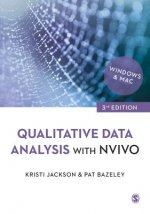
Qualitative Data Analysis with NVivo
1286 Kč -

Visual Methodologies
1193 Kč -
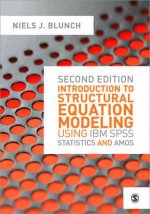
Introduction to Structural Equation Modeling Using IBM SPSS Statistics and Amos
1010 Kč -

Interviews in Qualitative Research
1322 Kč -

Introducing Psychological Research
1956 Kč -
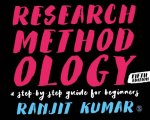
Research Methodology
1505 Kč -
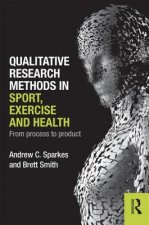
Qualitative Research Methods in Sport, Exercise and Health
1984 Kč -

Analysis of the Cognitive Interview in Questionnaire Design
1479 Kč -

Introducing Survival and Event History Analysis
1399 Kč -

Quantitative Research in Linguistics
953 Kč -

Grounded Theory
959 Kč -
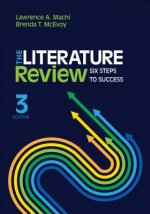
Literature Review
870 Kč -
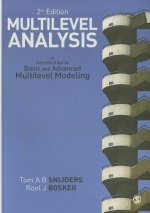
Multilevel Analysis
1598 Kč -

Teaching Qualitative Research
1276 Kč -

Doing Interviews
1252 Kč -

Tact of Teaching
1386 Kč -

Best Practices in Data Cleaning
2129 Kč -

Research Design in Urban Planning
1436 Kč -

Quantitative Research in Education
2956 Kč -
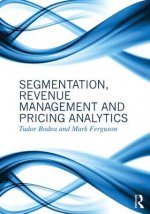
Segmentation, Revenue Management and Pricing Analytics
2244 Kč -

Introduction to Structural Equation Modeling Using IBM SPSS Statistics and EQS
2182 Kč -

Analyzing a Case Study
276 Kč -
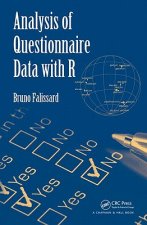
Analysis of Questionnaire Data with R
3880 Kč -

Tone of Teaching
1299 Kč -
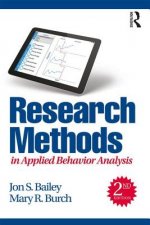
Research Methods in Applied Behavior Analysis
1900 Kč -

Online Research Essentials
2154 Kč -
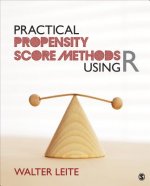
Practical Propensity Score Methods Using R
1961 Kč
Osobní odběr Praha, Brno a 12903 dalších
Copyright ©2008-24 nejlevnejsi-knihy.cz Všechna práva vyhrazenaSoukromíCookies



 Vrácení do měsíce
Vrácení do měsíce 571 999 099 (8-15.30h)
571 999 099 (8-15.30h)